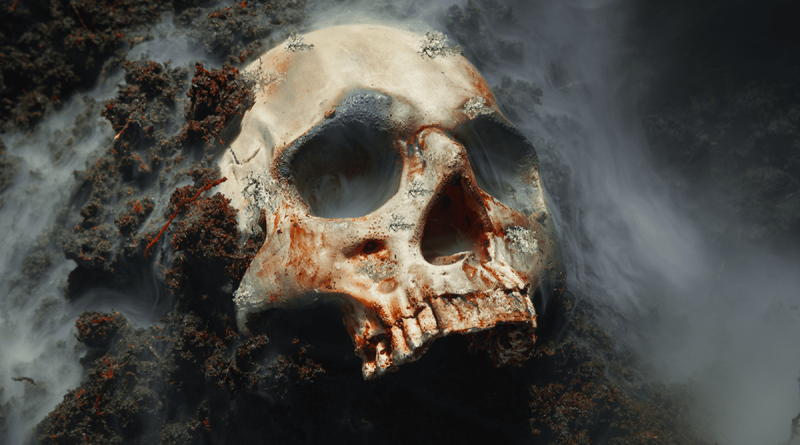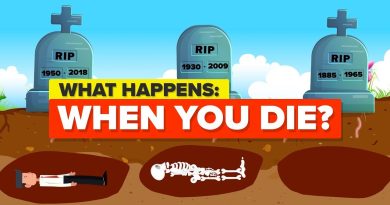Forensic scientists have found that dead bodies keep moving for more than a year after they have died
New research shows that the dead may not always be able to rest in peace. Corpses move around “significantly” for more than a year after death. This could be important for forensic investigations.
Researchers at a decomposition research facility in Australia, which is sometimes called a “body farm,” a term that some scientists find disrespectful, made the shocking discovery by using time-lapse cameras to film dead bodies breaking down.
At the Australian Facility for Taphonomic Experimental Research (AFTER), a camera has been taking pictures of a dead body from above every 30 minutes during daylight hours for the past 17 months. And throughout the whole time, the body kept moving.
A medical scientist from Central Queensland University named Alyson Wilson told the Australian Broadcasting Corporation, “What we found was that the arms were moving a lot. Arms that were next to the body at first ended up out to the side of the body.”
She said that movement after death was to be expected in the very early stages of decomposition, but that it lasted the whole time they were filming was a big surprise.
She said, “We think the movements are related to the decomposition process, as the body turns into a mummy and the ligaments dry out.”
“This information could be important when looking into deaths that can’t be explained.”
In fact, it could change how scientists look at and figure out what happened at crime scenes, especially when human remains have been there for a long time and no one has found them.
Until now, unless there was proof that a body had been moved by animals or people, forensic scientists would usually assume that the position of a body when it was found was the position it was in when the person died.
Since Wilson’s study is the first to use a time-lapse camera to look at how dead bodies break down, it is also the first proof that the assumption about the position of the body at death may not be true.
The finding that corpses are more alive than expected has not yet been written up in a paper, but it builds on work that has already been published in Forensic Science International: Synergy.
Wilson and his colleagues watched a dead body break down over six months with the help of a time-lapse camera. The post-mortem interval, or how long the person had been dead, was found by comparing the images to a system that gave points to different parts of the body based on how much they had broken down.
The point system worked well with the time-lapse pictures, which added to the system’s credibility as a forensic tool. The team’s results also proved that time-lapse cameras can be useful in forensic research.
Based on these results, it seems that if enough corpses are studied over long periods of time to get statistics on how they move after death, that information could be used in the future to analyze crime scenes more accurately.
Such a database would have information about how people usually move, which could help forensic scientists figure out how the body was positioned when the person died. That, in turn, could help figure out what went wrong.



